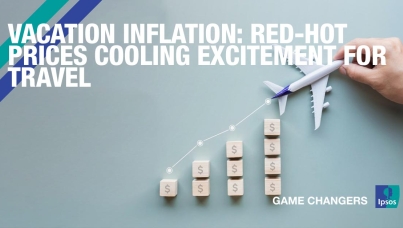How to Determine the Hidden Value of Your Customers
Think of each of your customers with a dollar value on their forehead. This will help you serve your customers better.
Too often we tend to treat our customers with the short-term view - the value of the customer's current purchase. If a customer demands something extraordinary, or happens to be a few dollars short, and his or her current purchase is small, we may underestimate the importance of helping the customer out. But this won't happen at places of business that know the long-term value of their customers.
By knowing the worth of their customers, employees can more appropriately respond to customers' special requests and needs. For example, if a valued customer wishes to return a product or requests special treatment, there's no problem; the customer warrants the special consideration.
Unfortunately, few businesses have bothered to calculate how much their typical customer is worth. Instead, businesses continue to treat customers commensurate to the size of their current purchase. But customer lifetime values (CLVs) can be substantially larger. Consider over a "lifetime" how much a customer can be expected to spend:
- $2,250 at a pizza parlor over a lifetime of nine years (survey results)
- $5,500 at a hardware store over a lifetime of fifteen years (survey results)
- $15,500 at an insurance agency over a lifetime of seven years (estimated)
- $39,700 at a supermarket over a lifetime of six years (estimated)
Here's how you can determine the average lifetime value of your customers (today's customer retention management scoring technologies enable us to derive accurate CLV numbers for each individual customer, but for simplicity sake, we'll focus on the average CLV.) First, determine how long your typical customer will do business with you. Sure, you have long-term customers, but you need to consider that U.S. businesses lose an average of 15 to 20% of their customer base each year. To be really smart, you'll need an accurate, up-to-date customer database (which I'll discuss in a future article).
Once you've determined how long your customers deal with you, estimate the dollar amount of their average transaction, and how many transactions they'll give you during a year.Now multiply the dollars per transaction by the yearly number of transactions. Then multiply once more for the number of years you serve your typical customer. The dollar amount you've calculated is your customer's lifetime value. It's how much revenue a typical customer contributes to your business. It'll be quite impressive, and should make a strong case for holding onto every customer.
Your customer's lifetime value can also be an effective training tool in helping employees understand the importance of satisfying each customer. Ideally, you should consider empowering employees by giving them some discretionary power with which to respond to customer problems or special needs. (Ritz-Carlton employees are allowed to spend a certain amount of money to solve customer problems each week. Hotel management trusts employees to select their own solutions.)
Your customers are your business's most precious assets. Customer lifetime value tells you just how important they are, and should help you create plans to retain a maximum number of them.



